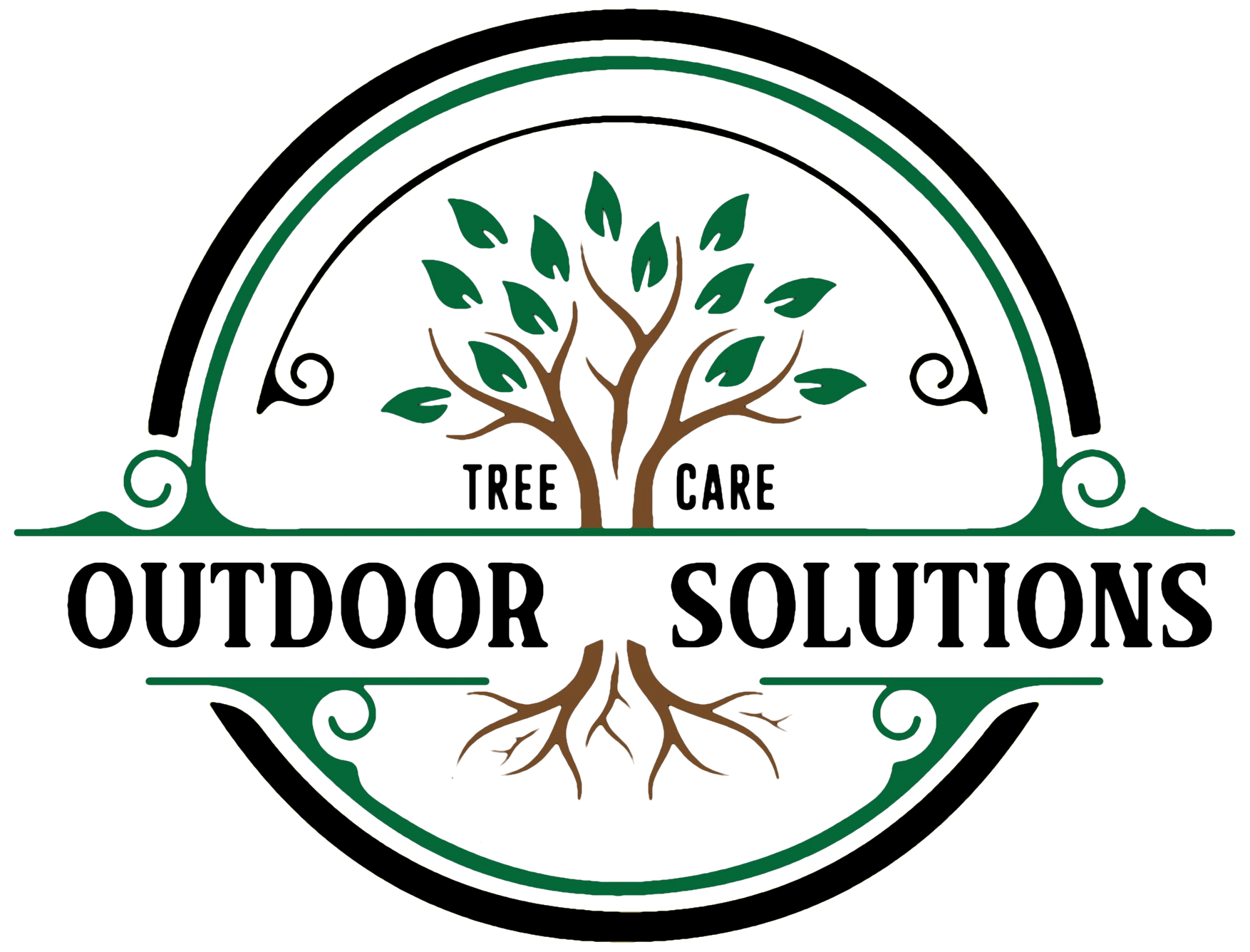
Tree Cabling & Bracing
Structural Tree Support Systems
Storm Damage Prevention
Valuable Tree Preservation

Professional Tree and
Landscaping Services
in the Boise Area
Professional Tree and Landscaping Services in the Boise Area
Expert Tree Care
Tree & Plant Removal
Water-Saving Xeriscape
Landscaping Solutions
Professional Tree and
Landscaping Services
in the Boise Area
Professional Tree Cabling & Bracing Service in Boise, Idaho
As a certified arborist with over 18 years of experience serving the Boise metro area, I've learned that the most heartbreaking calls come from homeowners facing the loss of irreplaceable trees. Three weeks ago, I met with a couple in Hidden Springs whose century-old elm had developed a dangerous crack down its main trunk following our late spring ice storm. This magnificent tree had shaded four generations of their family and was now threatening to split completely, potentially crushing their home's roof.
Standing beneath that towering elm, I realized this was exactly why I specialize in structural tree support systems. At Idaho Outdoor Solutions, every cabling and bracing project represents our commitment to preserving living history while protecting families from catastrophic tree failure. We don't just install hardware – we engineer solutions that allow damaged or weakened trees to continue thriving for decades, maintaining their irreplaceable value to both property and family heritage.
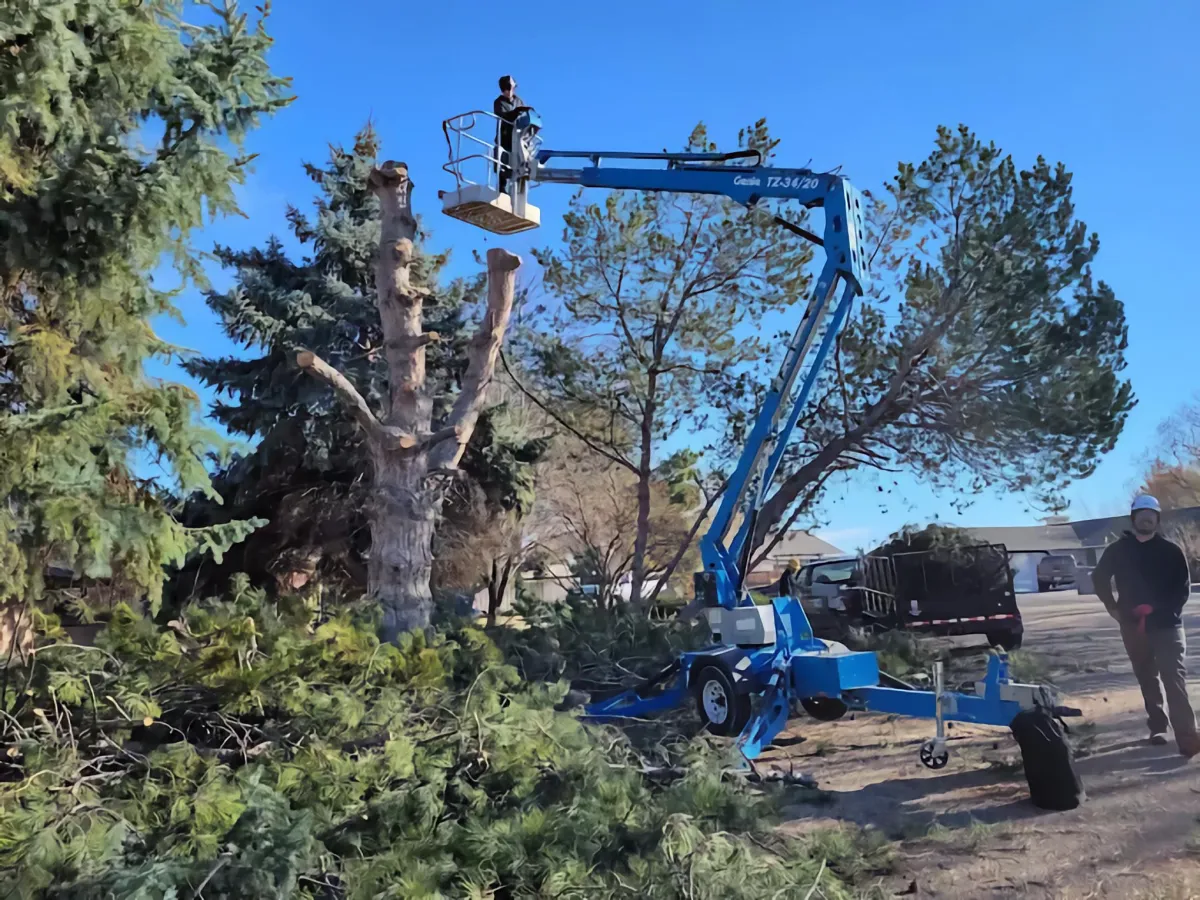
Tree Structural Support in Boise's Harsh Climate
Boise's unpredictable weather patterns create the perfect storm for tree structural failures. Our notorious spring windstorms, combined with sudden temperature drops and ice accumulation, place enormous stress on mature tree structures that simply weren't designed for these extremes.
The reality is that many of our most valuable trees – those 50+ year old maples, oaks, and cottonwoods that define neighborhood character – developed during different climate patterns. Today's weather intensity often exceeds their structural limits, creating dangerous weak points that threaten both tree survival and property safety. Professional support systems bridge this gap, providing the additional strength needed to withstand modern weather while preserving these irreplaceable landscape assets. When trees are beyond saving, professional tree removal becomes necessary, but support systems often provide a preservation alternative.

Critical Situations Requiring Emergency Tree Support
Throughout the Treasure Valley, I regularly encounter trees on the verge of catastrophic failure. Co-dominant stems that have been slowly separating for years suddenly accelerate after storms. Branch unions that appeared stable begin showing stress cracks. Heritage trees that have weathered decades of storms finally reach their structural limits.
These situations demand immediate professional intervention. Unlike cosmetic tree issues that can wait for convenient scheduling, structural failures progress rapidly and unpredictably. A tree that seems stable today can fail completely within weeks or even days, causing devastating property damage and potential injury.
The key is recognizing warning signs before they become emergencies. Visible cracks, unusual lean development, or branches that move independently during wind events all signal urgent need for professional assessment. Regular tree health diagnosis helps identify these developing problems before they reach crisis points, often when support systems can still be effective.

OUR PROCESS:
Our Engineering-Based Support Installation
Tree support isn't carpentry – it's structural engineering applied to living systems. Every installation begins with load analysis, failure probability assessment, and biomechanical evaluation that determines whether preservation is viable and what systems will be most effective.
1. Comprehensive Structural Analysis
Our assessment goes far beyond visual inspection. We analyze wood strength, evaluate stress distribution, calculate wind loads, and assess the tree's ability to compartmentalize around hardware installations. This engineering approach determines not just whether support is possible, but whether it will be effective long-term.
2. Custom Support System Design and Installation
No two trees require identical support solutions. We design cable configurations, bracing systems, and hardware specifications based on each tree's unique structural challenges, growth patterns, and environmental stresses. Installation requires precision placement to provide support without creating new stress concentrations.
3. Long-term Monitoring and System Evolution
Support systems must evolve as trees grow and weather patterns change. We establish monitoring protocols, schedule regular inspections, and plan system modifications that accommodate tree growth while maintaining structural integrity over decades of service life.
Don't Wait - Let Us Help You Today!
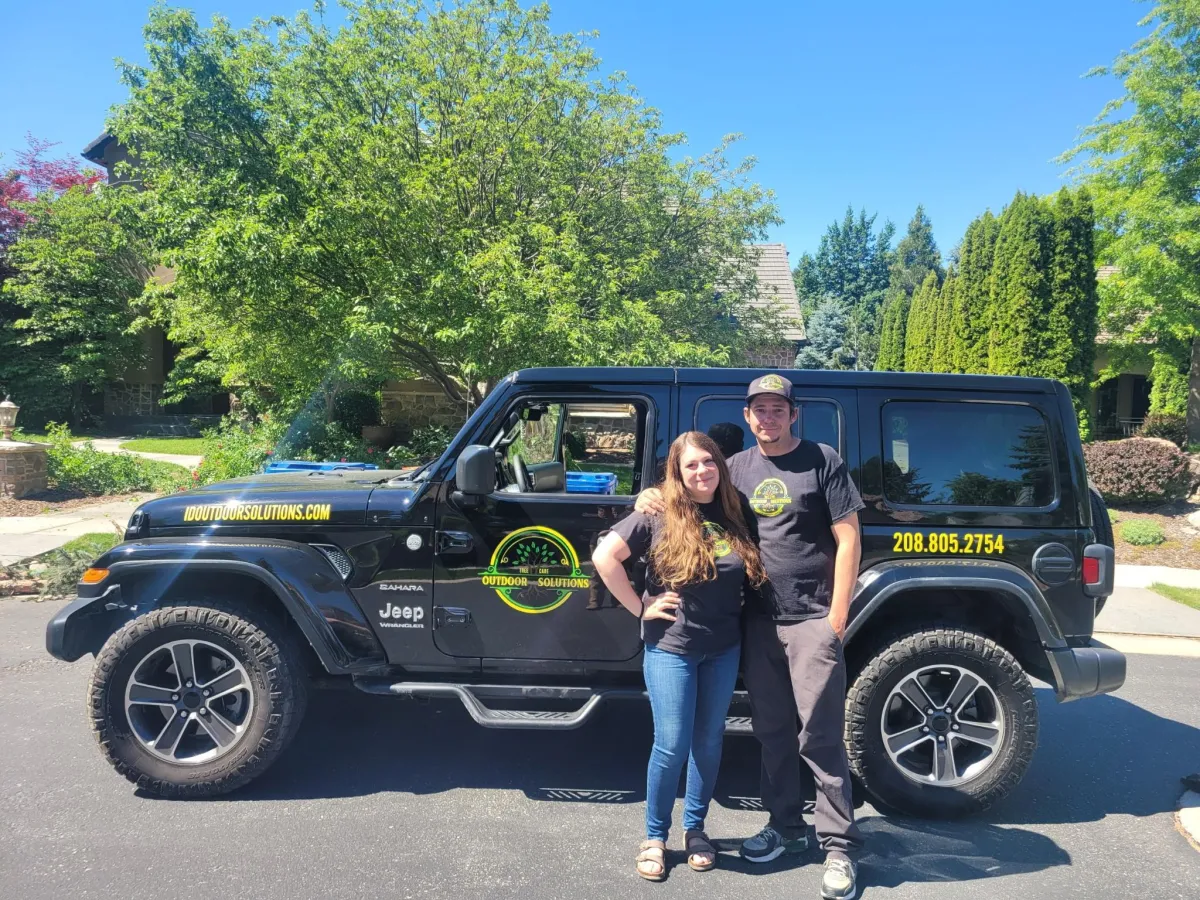
Tree Support Safety and Quality Standards
The Best in Tree AND Landscaping Services
Structural tree support carries enormous liability implications that demand the highest safety and quality standards. Our installations must protect not just the supported tree, but surrounding property, family members, and community infrastructure that could be affected by system failure.
We utilize only industrial-grade hardware specifically engineered for dynamic loads and weather exposure. Our cables exceed aircraft specifications for strength and corrosion resistance. Installation techniques follow structural engineering principles that ensure load distribution and system longevity.
Every support project includes detailed documentation, warranty coverage, and ongoing inspection protocols. Our certified arborists complete specialized training in structural analysis and support system engineering, ensuring installations meet both current needs and long-term performance requirements.
Why Choose Idaho Outdoor Solutions for Tree Support
Advanced Structural Assessment Capabilities
We combine traditional arboricultural knowledge with modern structural analysis techniques, using sonic testing, resistograph analysis, and load calculation methods that provide accurate assessment of tree preservation potential.
Custom Engineering Solutions
Rather than applying standard approaches, we engineer support systems specifically for each tree's unique challenges, ensuring optimal effectiveness and longevity while minimizing visual impact and tree stress.
Proven Track Record in Extreme Weather
Our support systems have successfully preserved trees through Boise's most severe weather events, including the 2020 derecho and multiple ice storms, demonstrating real-world effectiveness under challenging conditions.
Comprehensive Preservation Approach
We often combine support installation with strategic tree trimming and pruning to reduce wind resistance and improve overall structural integrity, creating comprehensive preservation strategies.
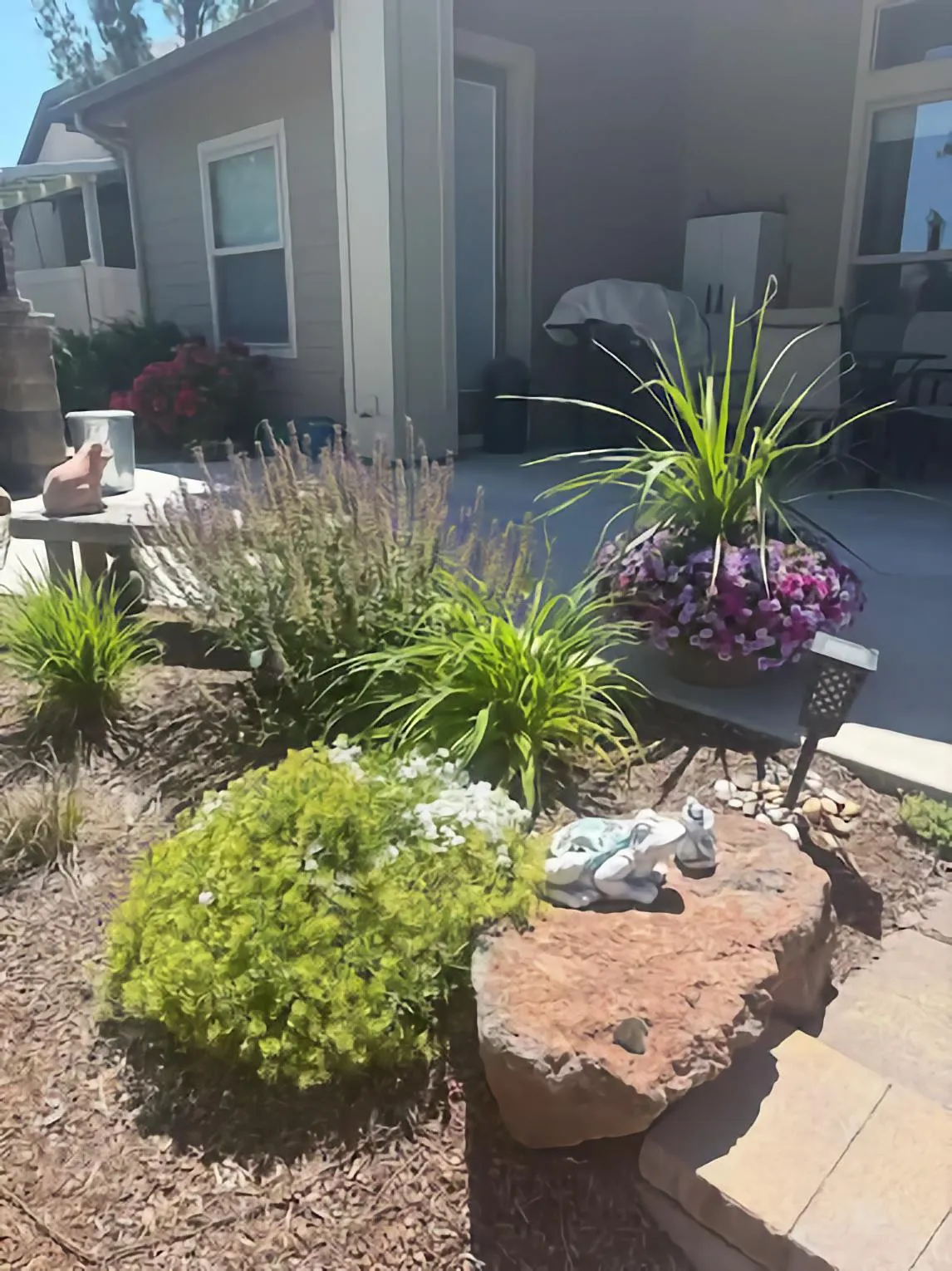
Tree Services
Comprehensive tree care solutions for every situation, from routine maintenance to emergency removal.
🌳 Tree Removal
✂️ Tree Trimming & Pruning
🪓 Tree Stump Removal
⚙️ Tree Stump Grinding
🔧 Tree Cabling & Bracing
🌱 Tree Planting
🚛 Tree Transplanting
🔬 Tree Health Diagnosis
Whether you're dealing with a dangerous tree threatening your home in Eagle or need expert pruning for mature trees in Meridian, we provide the skilled tree care that keeps your property safe and beautiful.
Landscaping Services
Creating beautiful, sustainable outdoor spaces that thrive in Idaho's high desert climate.
🎨 Landscape Design
🏗️ Landscape Installation
🌿 Lawn Care
🏡 Lawn Landscaping
🌳 Tree Landscaping
🏠 Yard Landscaping
🌵 Xeriscape Installation
From water-wise xeriscaping perfect for our climate to traditional lawn installations, we create outdoor spaces that enhance your property value while respecting our local environment and water resources.
Emergency & Debris Services
24/7 emergency response and comprehensive cleanup services for storm damage and hazardous situations.
🚨 24-Hour Emergency Tree Service
⛈️ Emergency Storm Damage Cleanup
🧹 Yard Debris Removal
🔥 Fire Mitigation Services
🛡️ Hazardous Tree Assessment
When Boise's unpredictable weather strikes, we're ready with emergency equipment and experienced crews to handle dangerous situations and restore your property quickly and safely.
F.A.Q
Frequently Asked Questions About Tree Cabling & Bracing
When should I consider tree cabling or bracing?
Support systems are appropriate for structurally compromised but otherwise healthy trees with high value for shade, aesthetics, or heritage. Common situations include co-dominant stems, weak branch unions, storm damage, or structural defects that create failure risk.
How long do tree support systems last?
Professional-grade cables and hardware typically last 10-15 years with proper maintenance. Regular inspections ensure systems remain effective and allow for adjustments as trees grow and conditions change.
Will cabling damage my tree?
When properly installed by certified professionals, support systems cause minimal tree damage and can significantly extend tree life. Improper installation can cause serious harm, which is why professional expertise is essential.
Can all structurally weak trees be saved with support?
Not all trees are good candidates for support systems. Severely decayed, diseased, or structurally compromised trees may be too risky to preserve and require removal for safety reasons.
Do support systems require ongoing maintenance?
Yes, annual inspections are recommended to ensure continued effectiveness and tree health. Adjustments may be needed as trees grow, and hardware should be checked for wear or damage.
Will my insurance company approve tree support systems?
Many insurance companies recognize professional support systems as risk mitigation measures. We provide documentation and work with insurance providers when necessary for approval processes.
Ready to Preserve Your Valuable Trees?
Don't let structural weaknesses force you to remove irreplaceable mature trees. Professional support systems can preserve valuable trees while ensuring safety for your family and property.
Boise Tree Support Service Area
From our location at 7307 W Swift Lane in Boise, we provide professional tree cabling and bracing services throughout the greater Boise metro area. We serve customers in Boise, Eagle, Garden City, Meridian, Nampa, and surrounding communities who need expert tree preservation services designed specifically for Idaho's challenging weather conditions.
Whether you're dealing with storm-damaged heritage trees in the Boise Foothills, need structural support for mature trees in Eagle, or require professional assessment for valuable trees threatening structures in Meridian, our certified arborists respond quickly throughout Ada County and Canyon County with the expertise and equipment necessary for safe, effective tree preservation.
Transforming Outdoor Spaces, One Yard at a Time.
Quick Links
Home
About Us
Services
Useful Links
Testimonials
FAQ's
Blog
